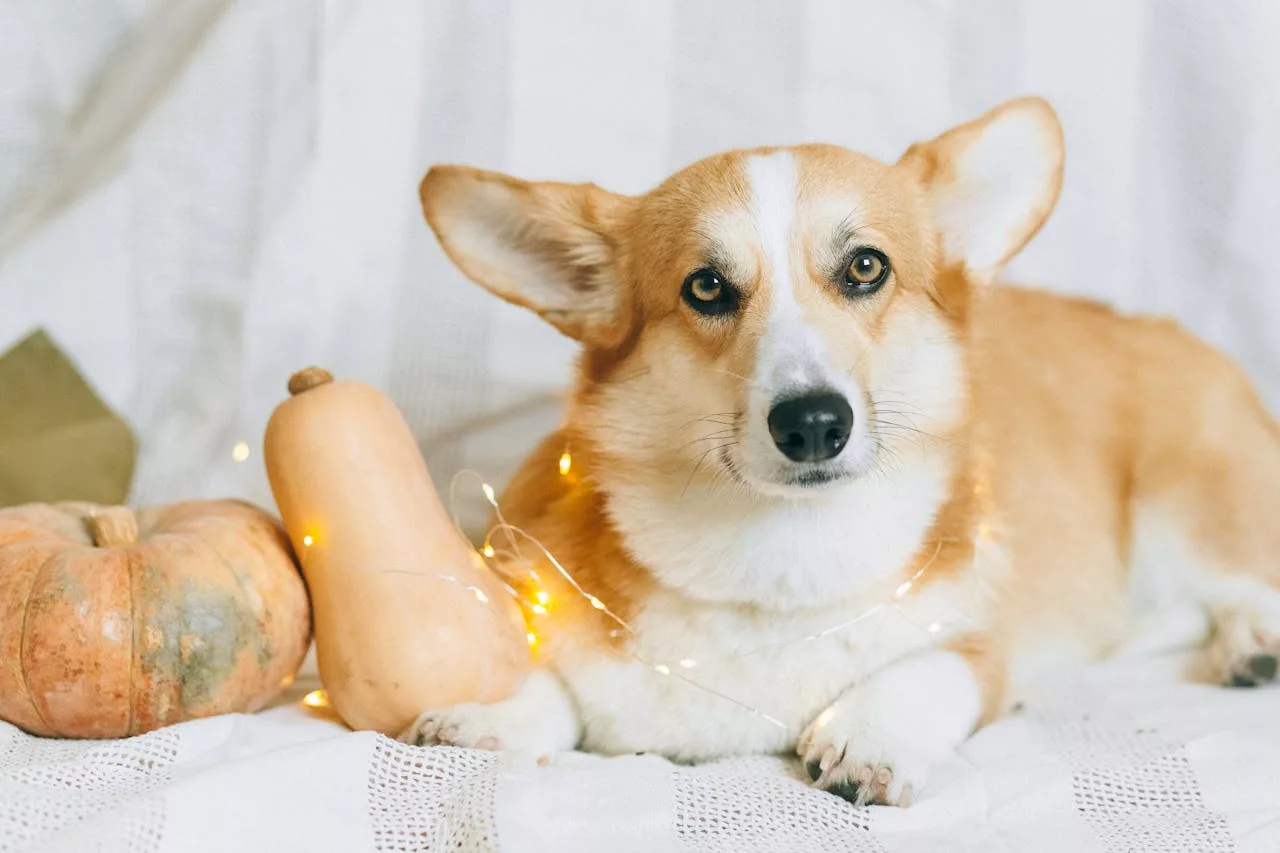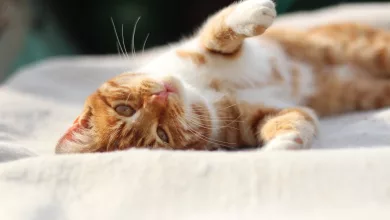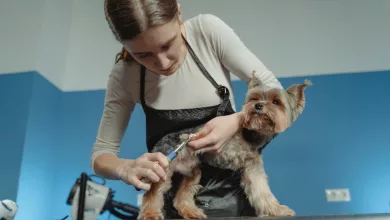Halloween can be a festive and exciting time for families, but for our pets, it can also bring confusion, stress, and even safety concerns. From constant doorbell ringing to unfamiliar costumes, the spooky season can overwhelm our furry friends if they’re not properly prepared. To help your pets navigate the holiday without fear, it’s essential to take steps that ensure their comfort and safety. Here’s a guide to help you prepare your pet for Halloween, so they can enjoy the festivities in a stress-free and safe manner.
1. Understanding Pet Anxiety During Halloween
Pets are creatures of habit, and sudden changes in their environment can cause anxiety. Halloween presents several challenges:
- Unfamiliar Costumes: Seeing people dressed in strange outfits, especially those with masks, can be disorienting for pets.
- Constant Noise: The doorbell ringing, knocks on the door, and loud noises can trigger stress, especially for dogs.
- Decorations: Flashing lights, spooky sounds, and moving decorations can confuse or scare animals.
- New Smells: Candles, candy, and other Halloween-specific items bring new scents, which can overwhelm a pet’s sensitive nose.
Being aware of these triggers is the first step in making Halloween less stressful for your furry companion. Recognize that while the holiday may be fun for humans, it could cause your pet unnecessary anxiety if not handled carefully.
2. Safeguard Your Pet During Trick-or-Treating Hours
One of the busiest times on Halloween night is during trick-or-treating hours. The influx of strangers and constant activity can overwhelm pets. Here are some key ways to keep them safe:
- Create a Safe Space: Designate a quiet room where your pet can retreat during the height of the festivities. Ensure it’s comfortable with their bed, favorite toys, and maybe some soothing music to mask the sound of the doorbell.
- Restrict Access to the Door: Constantly opening and closing the door presents an opportunity for pets to escape. Make sure they are safely confined away from the front door during trick-or-treating. A baby gate or a closed-off room works well to prevent accidental escapes.
- Leash Your Pet if They’re Near the Front Door: If your pet is calm and curious about the trick-or-treaters, you can let them watch from a distance. However, keep them on a leash to prevent them from darting out the door or jumping on visitors.
3. Costume Considerations: Fun, but Pet-Friendly
Halloween costumes aren’t just for people anymore—pet costumes are becoming more popular every year. While it may be tempting to dress your pet up in an adorable outfit, it’s important to ensure that the costume is comfortable and safe for them.
- Comfort First: Always prioritize your pet’s comfort. Avoid costumes that are too tight or restrictive, and make sure there are no small parts that can be chewed off and swallowed.
- Introduce the Costume Gradually: If your pet isn’t used to wearing clothes, start by introducing the costume slowly. Let them wear it for short periods and reward them with treats and praise.
- Monitor Their Behavior: Watch for signs of discomfort, such as excessive scratching, shaking, or trying to remove the costume. If your pet shows any of these behaviors, it’s best to opt for a more minimal costume, like a festive bandana.
- Reflective Elements: If you plan on taking your pet out during trick-or-treating, consider costumes with reflective materials to increase visibility in the dark.
4. Keep Candy Out of Reach
Candy is a significant part of Halloween, but many treats that are safe for humans can be harmful to pets. Chocolate, in particular, is toxic to both dogs and cats, and certain candies like those containing xylitol (a sugar substitute) can be deadly.
- Store Candy Safely: Keep candy bowls and bags out of your pet’s reach. A curious pet might be tempted to help themselves, which could lead to a trip to the emergency vet.
- Educate Trick-or-Treaters: If you have children or visiting guests, remind them not to feed candy to your pets. Even small amounts of certain candies can cause serious health problems.
- Have Pet-Friendly Treats Available: If you want your pet to join in on the holiday fun, provide them with special pet-safe treats. Many pet stores offer Halloween-themed snacks that are safe for both dogs and cats.
5. Consider Pet Identification and Safety
With the increased foot traffic and door openings on Halloween, there’s a higher risk that your pet could slip out and get lost. Make sure your pet is equipped with proper identification.
- Update ID Tags: Ensure your pet’s ID tags have your current contact information. This is crucial in the event they do get lost.
- Microchip Your Pet: If your pet isn’t already microchipped, consider doing so before Halloween. It’s a permanent form of identification that can help reunite you with your pet if they escape.
- Use Reflective Collars or Leashes: If you’re taking your pet outside, reflective collars and leashes are essential for visibility in low light conditions, keeping them safe from vehicles or trick-or-treaters who might not see them in the dark.
6. Pet-Friendly Halloween Alternatives
If your pet isn’t a fan of the usual Halloween festivities, consider celebrating in a more pet-friendly way. Here are some alternatives that won’t cause them stress:
- Host a Pet Costume Party: Invite friends with pets over for a Halloween-themed playdate. Keep the group small and ensure that all pets are comfortable with one another.
- Halloween-Themed Toys: Instead of focusing on costumes, give your pet new toys that match the holiday theme. Many pet stores carry plush toys in the shapes of pumpkins, ghosts, and bats, offering your pet fun without the anxiety.
- Pet Photoshoots: If your pet enjoys dressing up, consider a mini photoshoot. Capture some adorable Halloween-themed photos, then let them return to their usual routine.
Conclusion
Halloween doesn’t have to be a stressful event for your pets. By being proactive and mindful of their needs, you can help them enjoy the holiday as much as you do. From setting up a safe space to ensuring they stay away from harmful treats, a little preparation can go a long way in keeping your furry friends happy and calm. Remember, every pet is different—while some may love dressing up and participating in the fun, others may prefer a quiet evening away from the action. By paying attention to your pet’s behavior and comfort, you can ensure a Halloween that’s both fun and safe for all members of your household.




